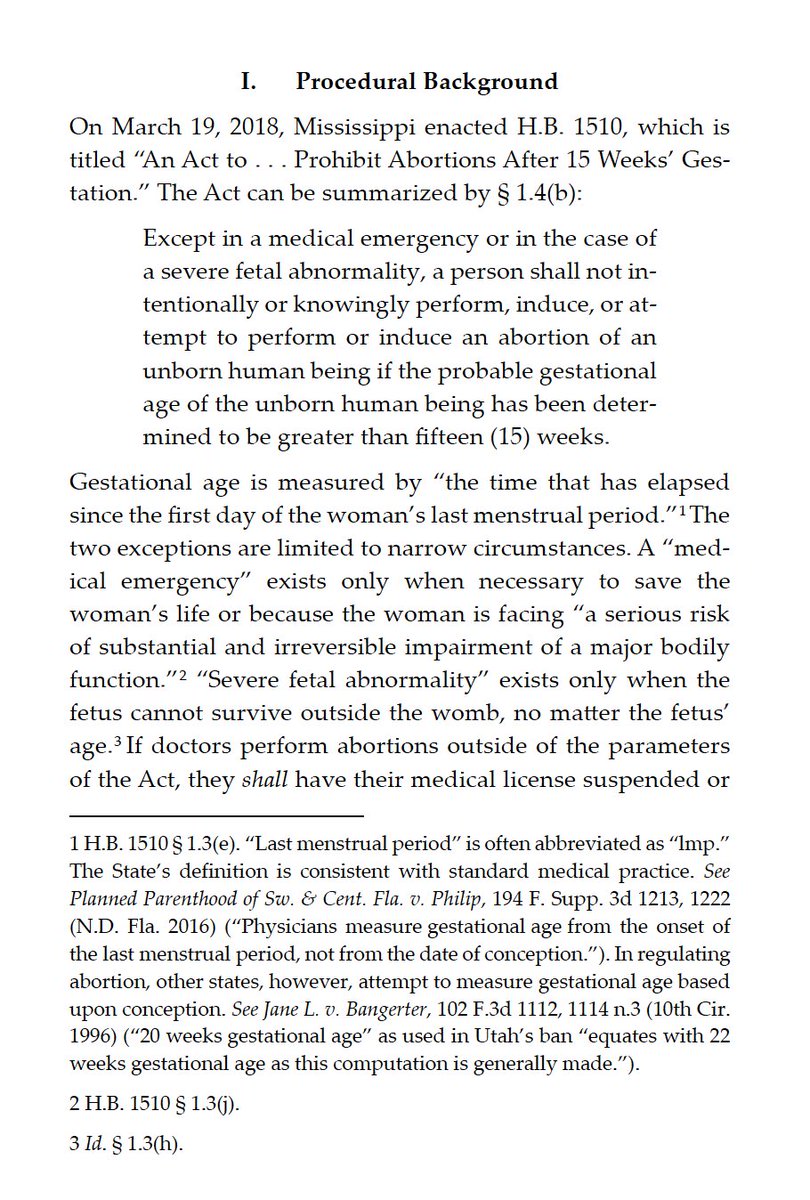In court docs, Domino’s revealed it would’ve cost $38,000 to make it accessible.
They’re fighting this.
cnbc.com/2019/07/25/dom…
They’re fighting being forced to make a $38k change for customers who want to pay them for their product.
1) It’s an ADA case. Until now, no ADA case against a website has been court decided (the others have been settled, including the Target decision).
2) The 9th District ruled WCAG 2.0A is the guideline.
If SCOTUS choose not to hear it, or rules to uphold the 9th District decision, WCAG 2.0A becomes case law.
If you’re interested in the strategies organizations use to deliver better-designed products and services, I’ve got a free, weekly email newsletter for you:
UIE.com/strategy
I thought I’d add some facts here.
These facts come from the actual decision of the 9th District Circuit Court judge, S. James Otero, which you can read in all its glory.
cdn.ca9.uscourts.gov/datastore/opin…
There’s an interesting footnote that says this:
"Only after Robles filed this suit, Domino’s website and app began displaying a telephone number that customers using screen-reading software could dial to receive assistance."
So, no. The phone number is not enough.
"An impermissibly vague statute violates due process because it does not “give fair notice of conduct that is forbidden or required.”"
"The ADA articulates comprehensible standards to which Domino’s conduct must conform. Since its enactment in 1990, the ADA has clearly stated that covered entities must provide “full and equal enjoyment of the[ir] goods, services, …
In other words, Domino's got their warning in 1990.
From the ruling:
"Thus, at least since 1996, Domino’s has been on notice that its online offerings must effectively communicate with its disabled customers and facilitate “full and equal enjoyment” of Domino’s goods and services."
"Domino’s argues that this would violate due process because Domino’s has not received fair notice of its obligation to comply with the WCAG 2.0 guidelines."
Instead, the problem was the site and app was inaccessible to the plaintiff.
"Robles merely argues—and we agree—that the district court can order compliance with WCAG 2.0 as an equitable remedy if, after discovery, the website and app fail to satisfy the ADA."
WCAG 2.0 is not a compliance checklist. YOU STILL HAVE TO MAKE THE DESIGN ACCESSIBLE.
WCAG 2.0 is how the court can talk about fix it if you haven’t made it accessible.
My understanding is that was the assessment of fixing the specific problems lodged in the complaint.
Not a complete overhaul of the design.
Let’s say it is.
Let’s say it’s $3,800,000 instead (100x).
Domino’s 2018 before tax profits was $619,000,000.
The 100x cost to fix this is 0.6% of last year’s profits.
Since 2015, they’ve been pitching themselves as an “e-commerce company that sells pizza."
digiday.com/marketing/domi…
“[Because of] the strength of our brand and our focus on technology innovation, we are now attracting the right people and in the right numbers.”
"When you think about best web experiences, you probably don’t think of pizza companies first. Over the past 5 years, Domino’s Pizza has built an impressive, and immersive, digital experience that rivals many traditional e-commerce brands."
This isn’t a small adjunct to their business. It’s the core of their business.
"Mobile contributed to half of their digital sales, with digital sales taking over the majority of sales. "
That means, digital sales were at least $1.75b.
marketwatch.com/investing/stoc…
Money is not the excuse here.
There is a technical term for this: assholery.
This is blatant discrimination. That’s all.
"“we” are saying the value in this work isn’t because it removes or prevents barriers for people with disabilities or because it’s a human rights issue, but the value in this work is because it is good for people without disabilities.”
Values are not something you only do when they are convenient.
On the contrary: A value is only important when it pushes you to do something that is massively inconvenient.
Domino’s is fighting against making their website and app accessible because THEY WANT TO DISCRIMINATE.
They want to say who can and who can’t be their customers.
And THAT’S AGAINST THE LAW.








